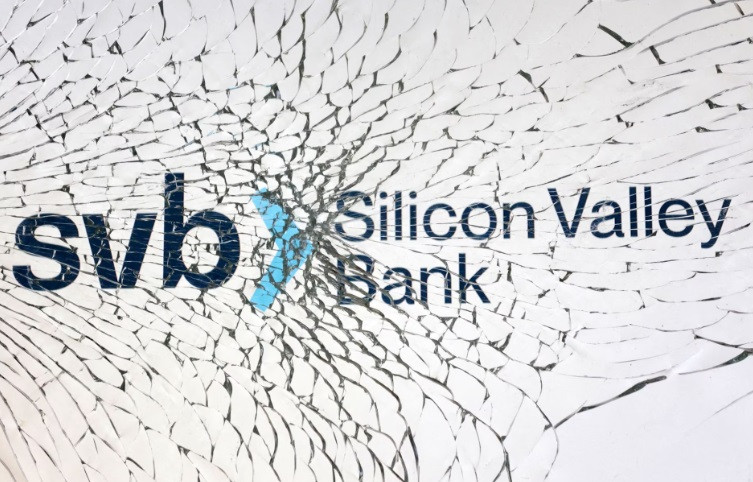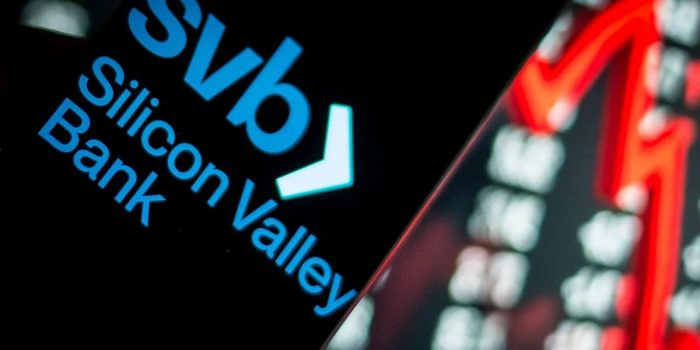According to a recent study, around 200 American banks could face a situation similar to Silicon Valley Bank (SVB), which collapsed this month. The study revealed that if half of the depositors of these banks suddenly withdrew their funds, 186 of them would be at risk of failing like SVB.
The report suggests that without additional government involvement or recapitalization, these banks are vulnerable to a potential run.
While the US government protects bank deposits up to $250,000, the study highlighted that these at-risk banks have a significant proportion of uninsured depositors who are more likely to withdraw their money out of fear of losing it.

The study abstract indicated that nearly 190 institutions could be in danger of losing insured depositors, potentially putting $300 billion of insured deposits at risk. If uninsured deposit withdrawals lead to small fire sales, substantially more banks could be at risk.
“If uninsured deposit withdrawals cause even small fire sales, substantially more banks are at risk.”

The assets of the examined banks primarily comprise mortgage-backed securities and government bonds, which have been negatively affected by recent interest rate increases by the Federal Reserve.
This is the same reason that led to the collapse of SVB, which was forced to shut down and take deposits, making it the second-largest banking collapse in American history and the most significant since the 2008 financial crisis.
The failure of three major players in three days created havoc in the American banking industry. Silvergate Capital, based in California, was the first to suffer, announcing voluntary liquidation after incurring losses of $1 billion in the previous quarter, which sent its shares down by 67%.
SVB, which had been serving the venture capital community it fostered for 40 years, experienced a panic that resulted in its closure within 48 hours.
Less than 24 hours later, SVB, the country’s 18th largest bank, went into receivership. It was the largest bank failure in US history and the worst since the Great Recession.
To further prevent this, immediate and decisive actions have to be taken, some of which can include strengthening regulations, recapitalization, providing insurance coverage, increasing public awareness, improving risk management practices, and lastly to collaborate with other countries. Overall, a combination of regulatory, financial, and awareness-building measures can help prevent potential risks to the American banking system and ensure its stability.


